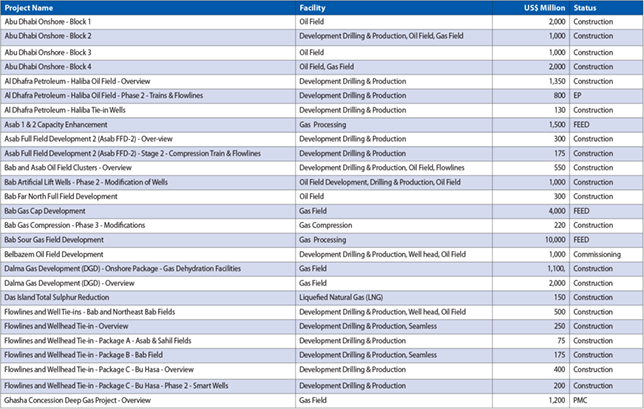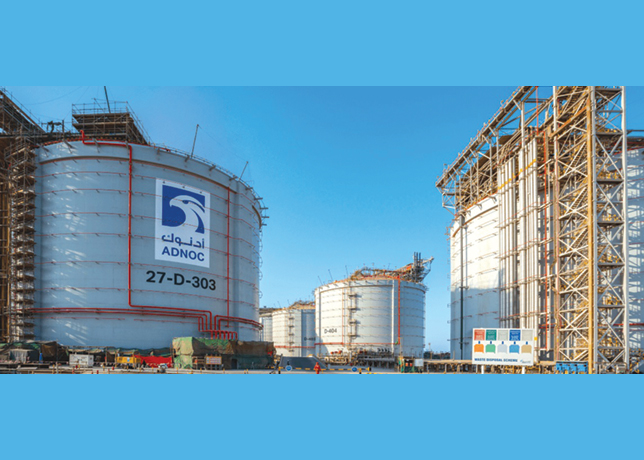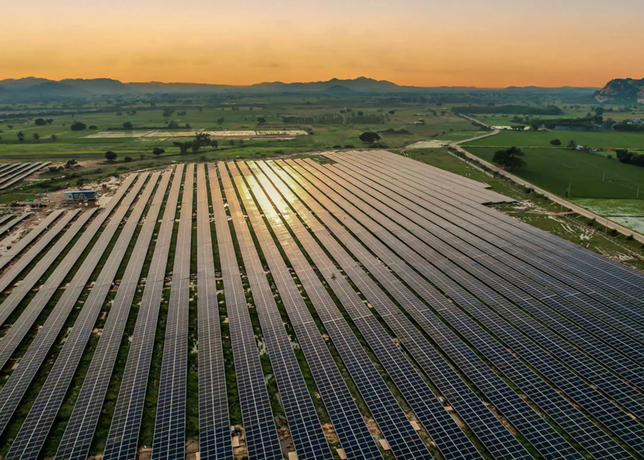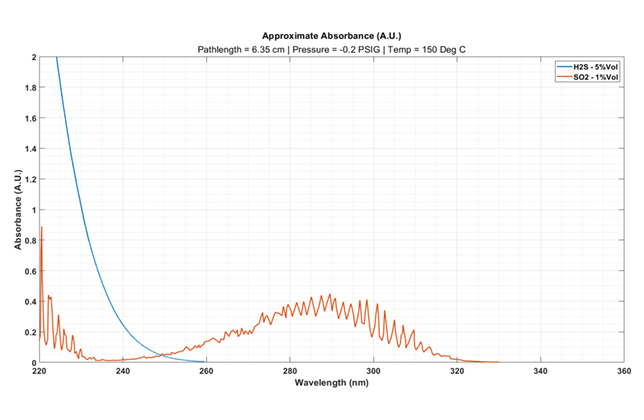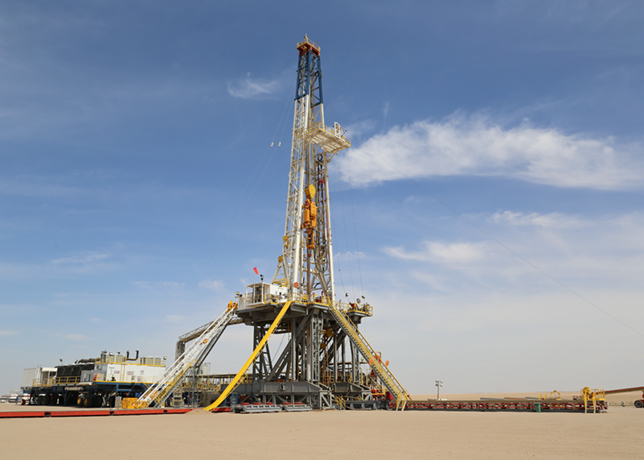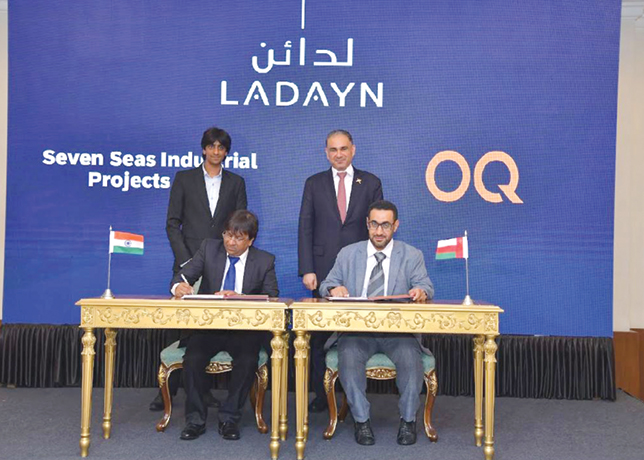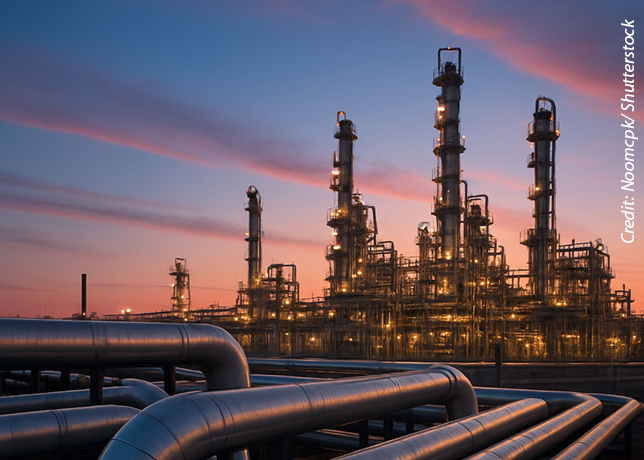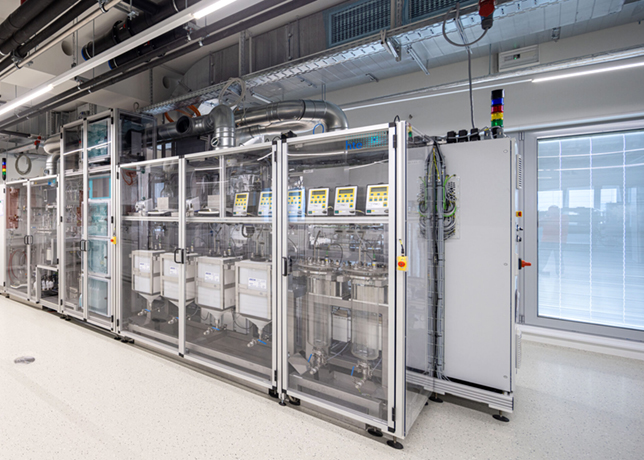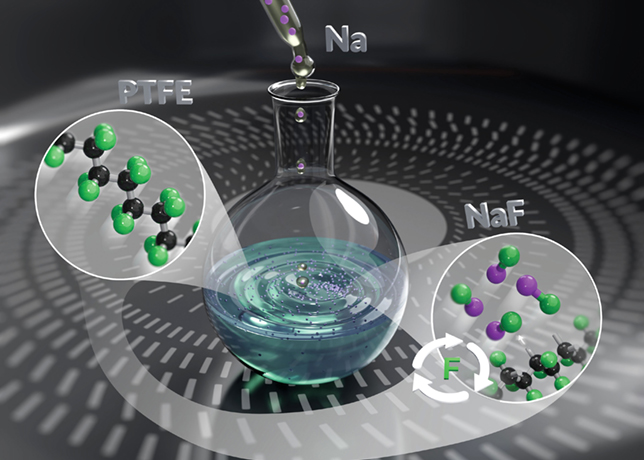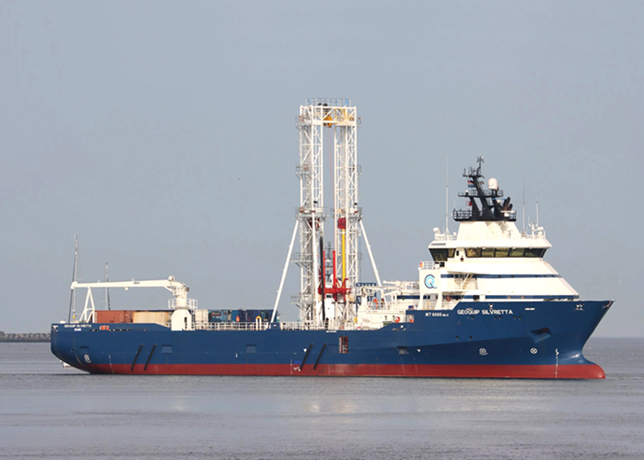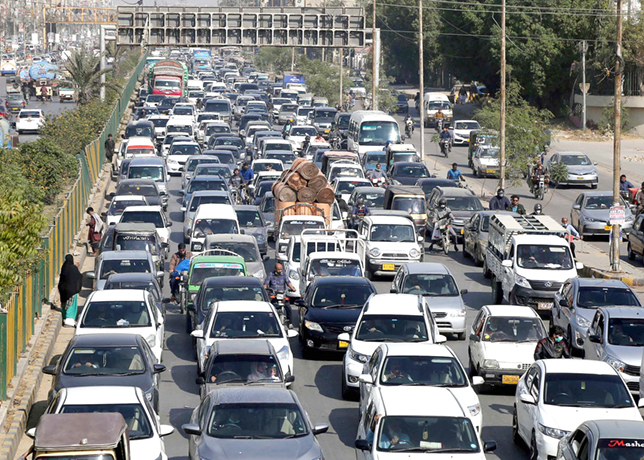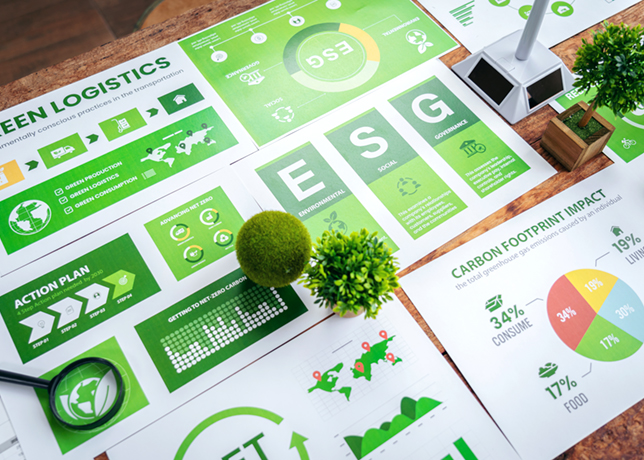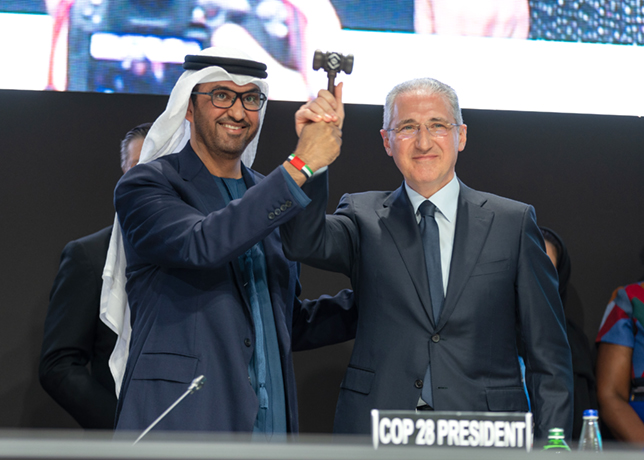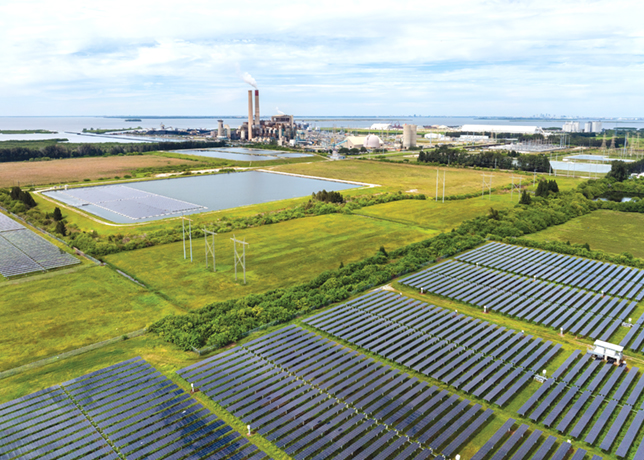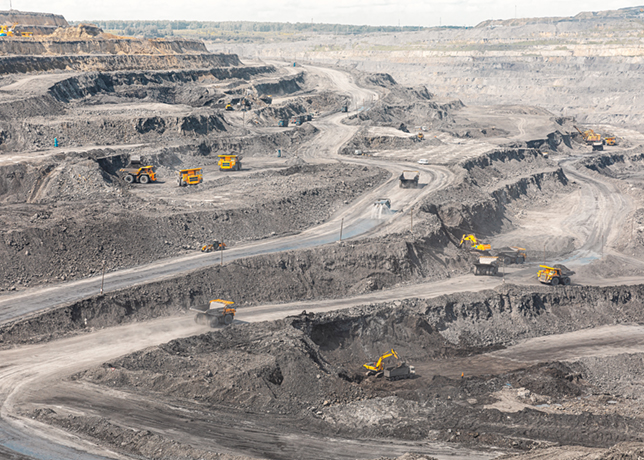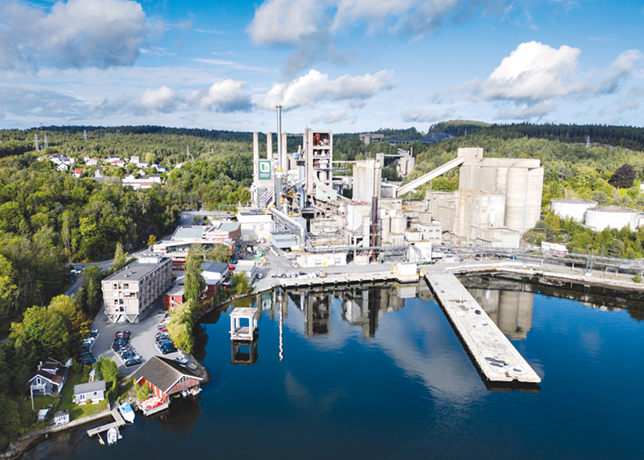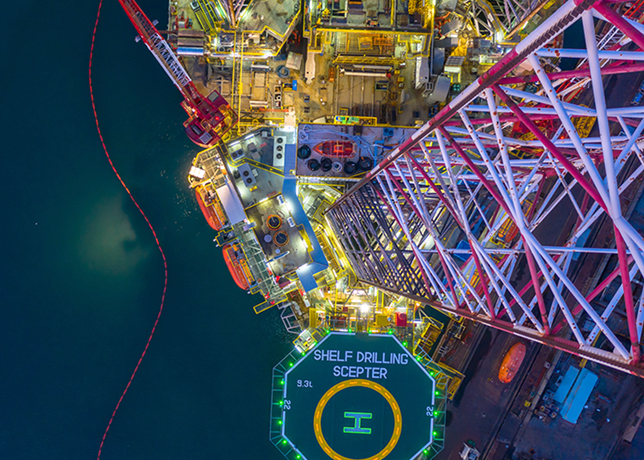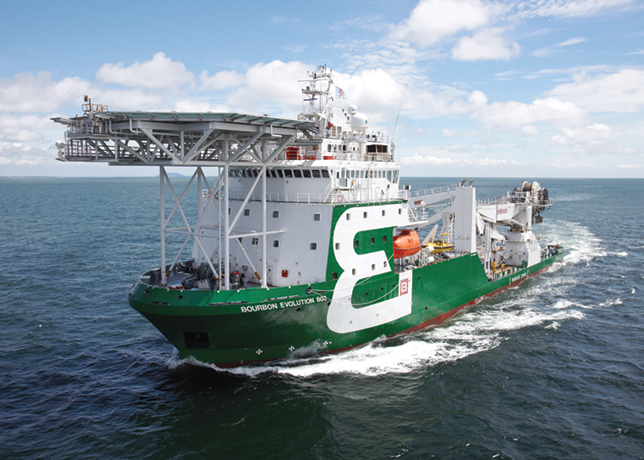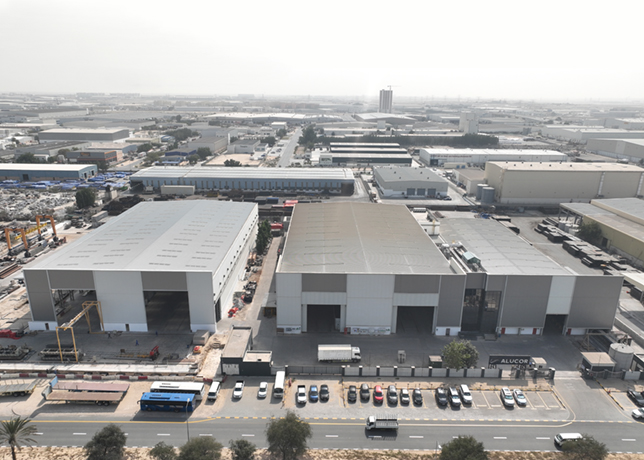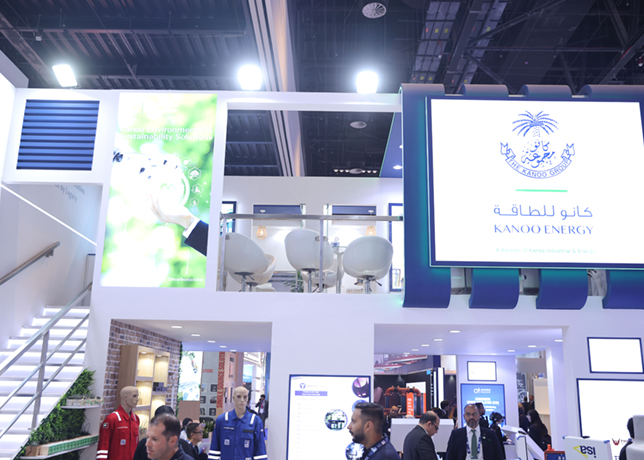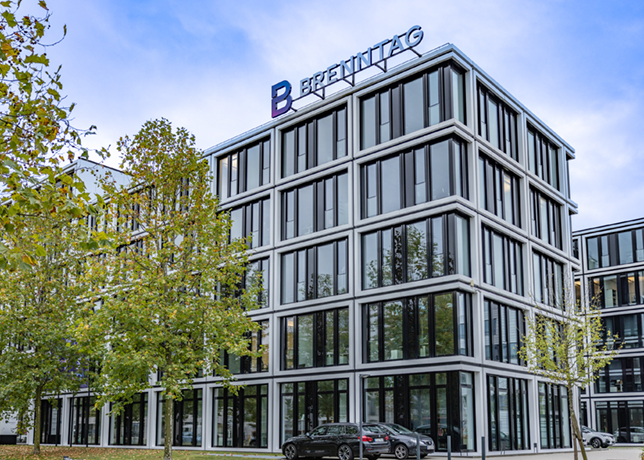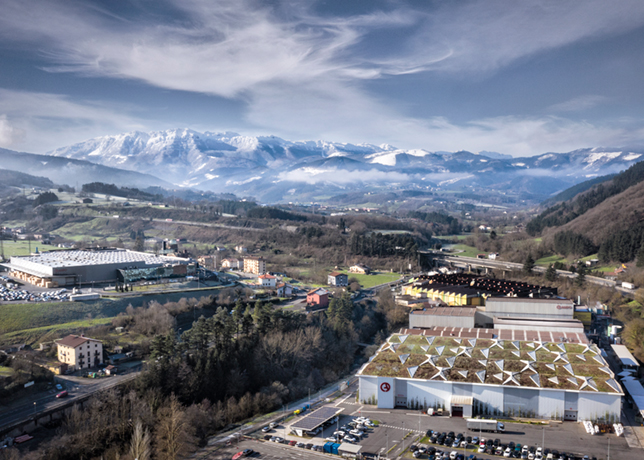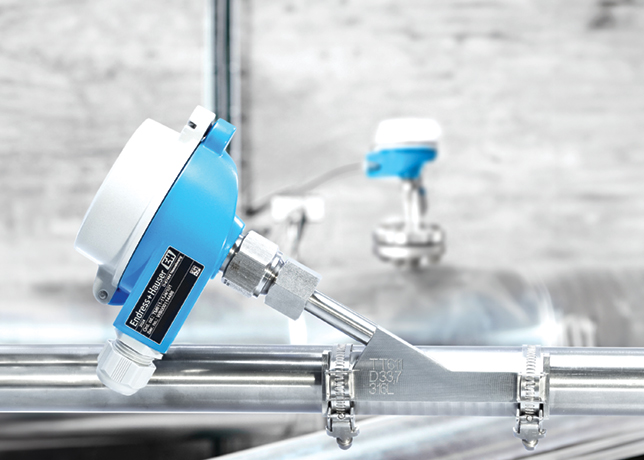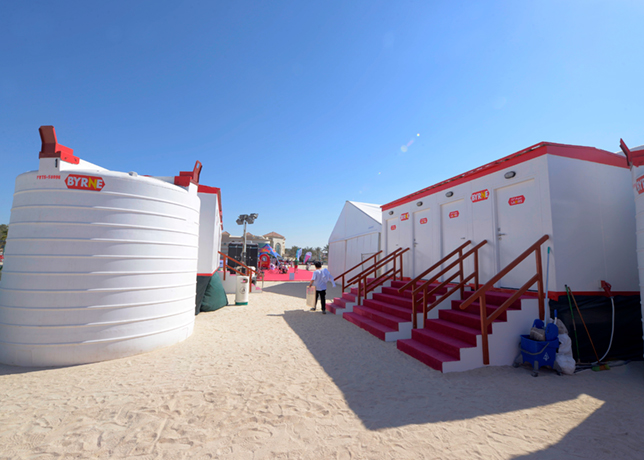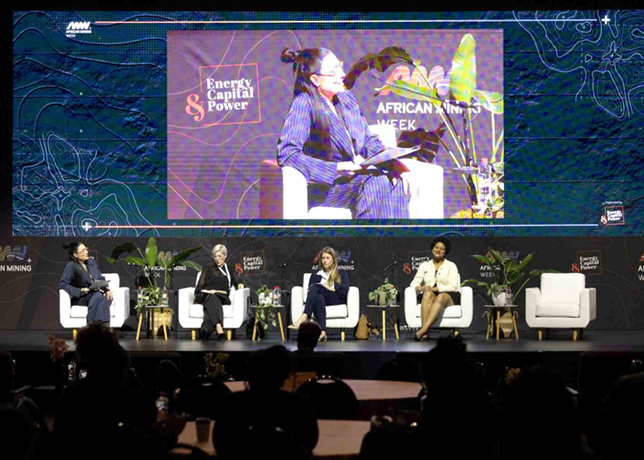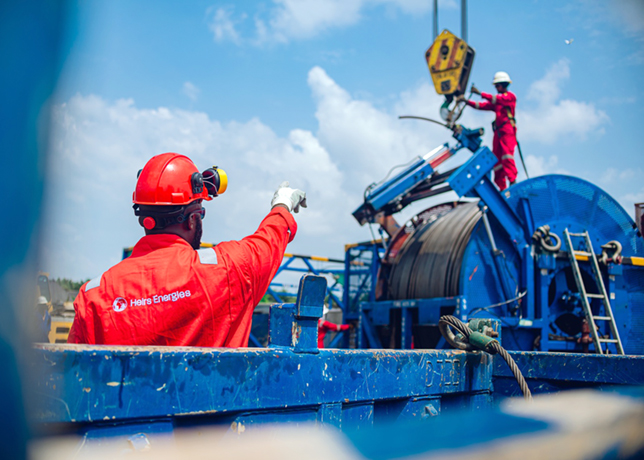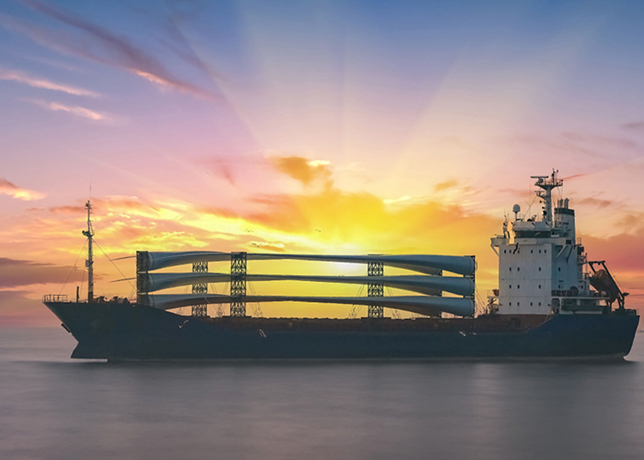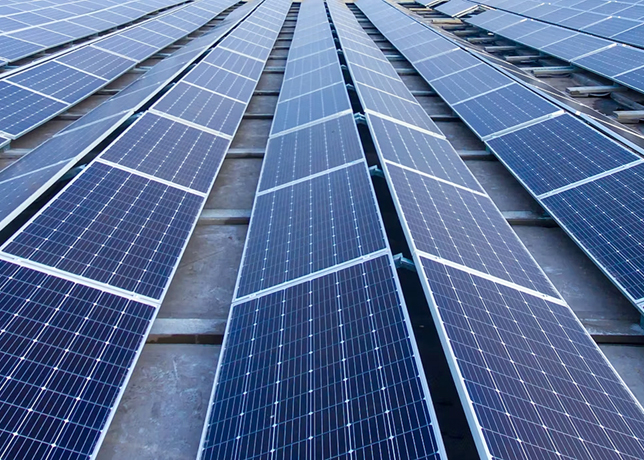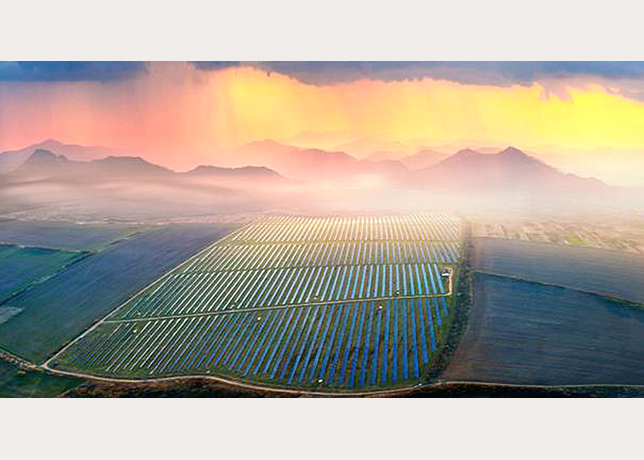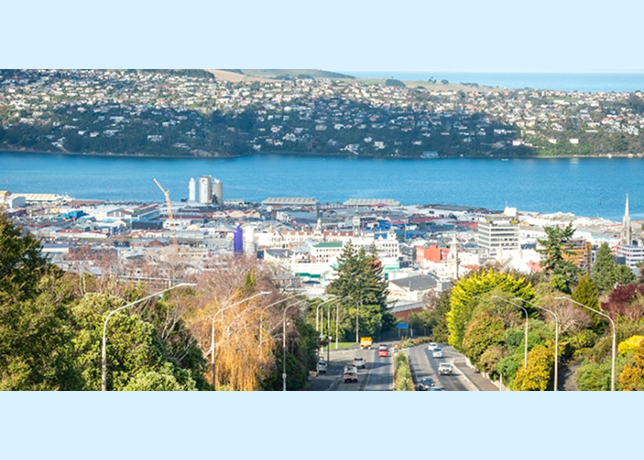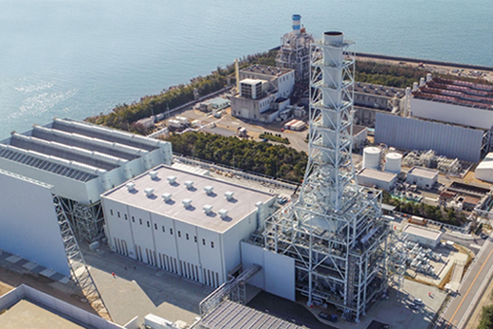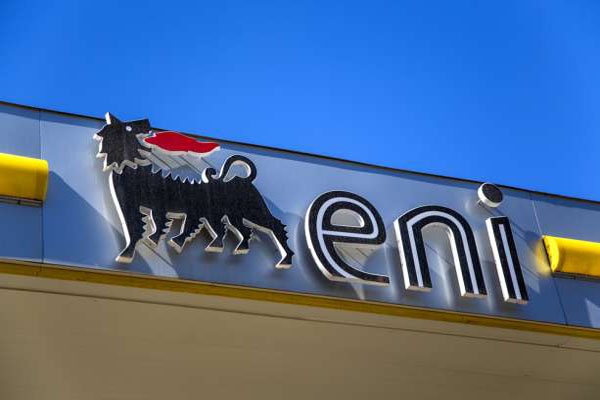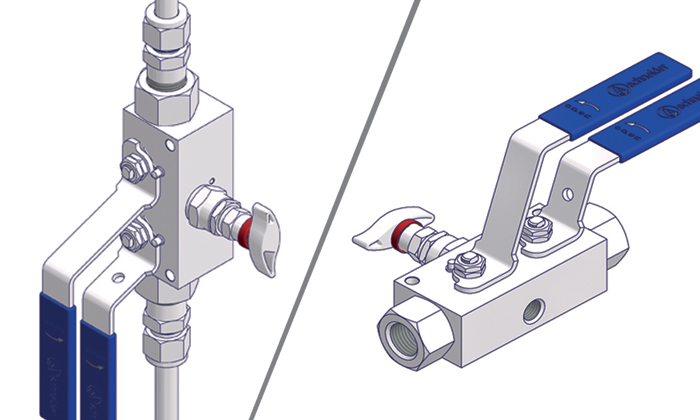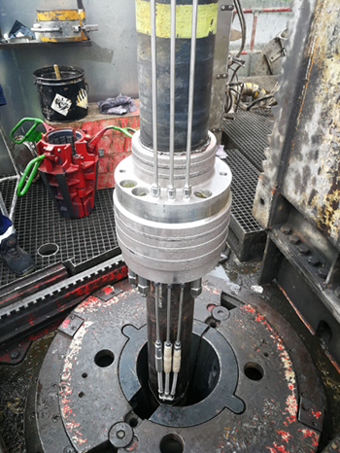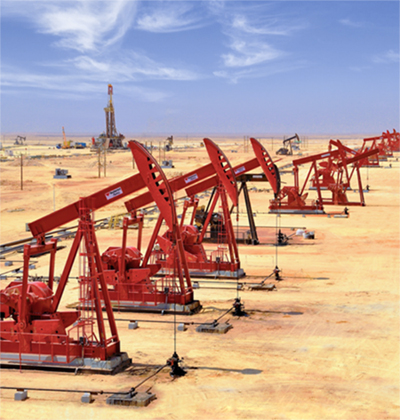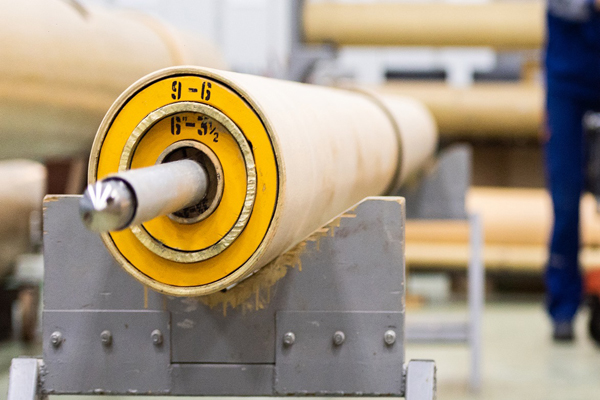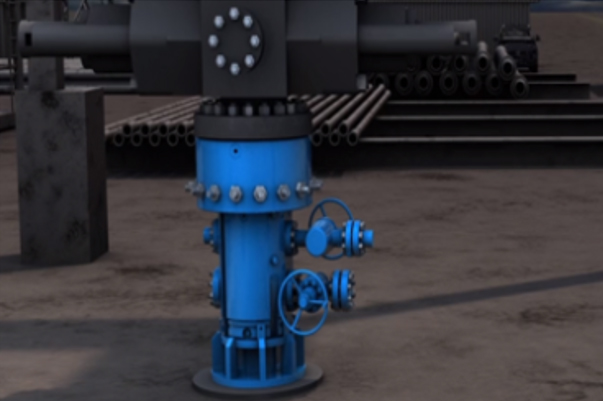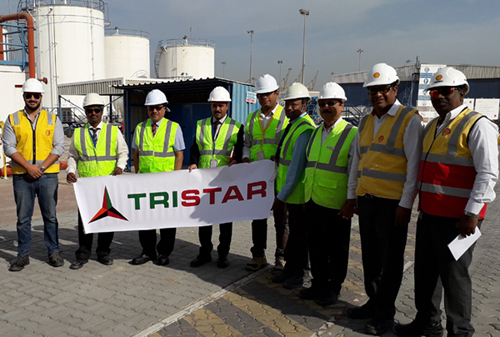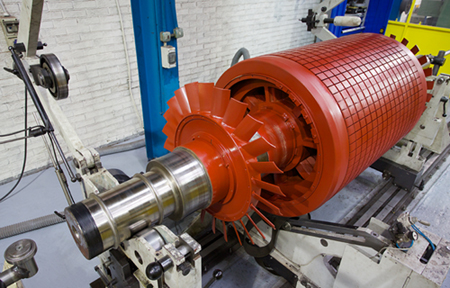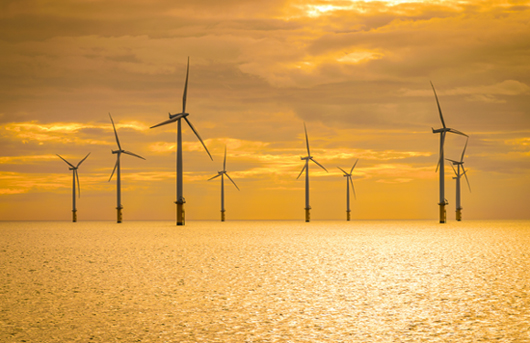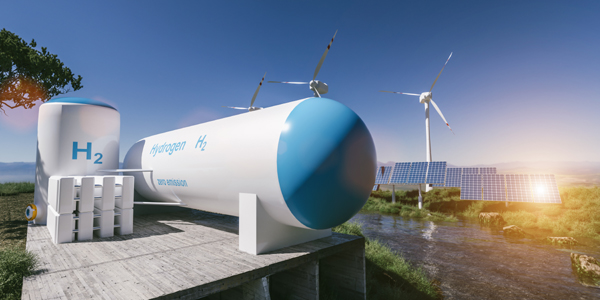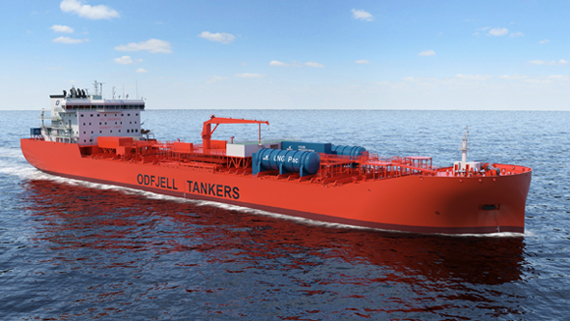
Companies operating in Brazil have expanded the country’s liquefied natural gas (LNG) regasification infrastructure since 2020, more than doubling its import capacity as the country seeks to diversify its energy supply and enhance energy security, according to US Energy Information Administration (EIA).
Brazil’s
regasification capacity grew from 2.5 billion cubic feet per day (Bcf/d) in
2020 to 5.1 Bcf/d in August 2025.
In 2024, three new
terminals added an estimated 1.74 Bcf/d of capacity: New Fortress Energy's
Barcarena Floating Storage and Regasification Unit (FSRU) with a capacity
of 0.75 Bcf/d, Terminal Gás Sul FSRU (0.50 Bcf/d), and Compass
Gás & Energia's Cosan terminal (0.50 Bcf/d).
Terminals installed
prior to 2024 include Sepetiba Bay FSRU (0.36 Bcf/d), Porto do
Açu FSRU (0.74 Bcf/d), Sergipe FSRU (0.74 Bcf/d), Bahia
FSRU (0.71 Bcf/d), and Guanabara Bay FSRU (0.80 Bcf/d).
The Suape FSRU
terminal in Pernambuco is under development and scheduled for
completion in early 2026 with an expected 0.7 Bcf/d of capacity.
Strategic drivers for LNG regasification expansion
Brazil's rapid expansion of LNG regasification capacity is driven by a
deliberate integrated LNG-to-power strategy.
Each new import
facility is paired with large natural gas-fired power plants.
For example, at the
Barcarena terminal, developers are building the 2.2 gigawatt (GW) Novo
Tempo Barcarena power station (including the CELBA 2 Power Plant,
which began early stage operations in October).
The Port of Açu
LNG terminal is associated with the 1.7 GW GNA II natural
gas-fired power plant, which began operations in May.
Regulatory mandates
have significantly accelerated Brazil’s LNG import capacity growth. In addition
to establishing the privatisation of Eletrobras, Federal Law
14,182/2021 required 8 GW of new regionalised natural gas power plant
contracting capacity.
The New Gas Law
(14,134/2021) broke Petrobras’s monopoly over natural gas production,
transportation, and distribution, opening terminals to private
developers and allowing multiple users to use a terminal to add natural
gas to the pipeline system.
Coastal LNG terminals
supply natural gas to regions lacking pipeline access and provide flexible
backup for a grid heavily reliant on renewable energy.
About 80 per cent of
Brazil’s electricity is generated from hydropower, wind, and solar.
The increased LNG
regasification capacity adds flexibility to the country’s integrated power
grid, which is particularly susceptible to droughts due to its high
dependence on hydropower.
Although hydropower
constituted 56 per cent of Brazil's electricity generation in 2024,
significant flow reductions during droughts pose a concern that hydro
generation may decrease.
Although they haven’t
significantly affected hydrogeneration, recent droughts have highlighted system
vulnerabilities, with reservoir levels in key regions falling to 29 per
cent of capacity in 2024.
Natural gas-fired plants, often linked to LNG
terminals, typically increase generation during these periods to offset
hydropower declines.
Supply dynamics
The US supplied 72 per cent of Brazil's LNG imports in 2024. Although Brazil
primarily procures LNG supplies in global spot markets due to seasonal demand
variability, it is shifting toward long-term contracts to achieve price
stability.
Notable examples
include the Centrica-Petrobras agreement with Petrobras for 0.8 million tonnes
annually over 15 years starting in 2027 and New Fortress Energy's long-term
industrial contracts with Norsk Hydro’s Alunorte refinery for
its Barcarena operations.
In addition to LNG
imports, Brazil also imports natural gas from Bolivia and
from Argentina via the GASBOL pipeline.
Brazil's domestic natural gas production reached 5.4 Bcf/d in 2024, with offshore fields accounting for 85 per cent of the output. However, 54 per cent of the natural gas produced is reinjected for reservoir pressure maintenance. -OGN/TradeArabia News Service



